Physical Address
304 North Cardinal St.
Dorchester Center, MA 02124
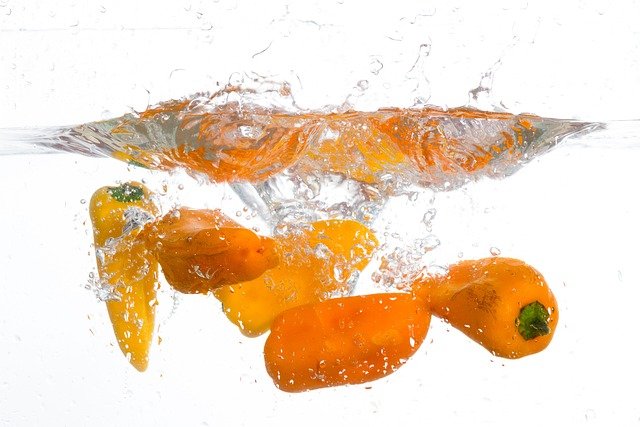
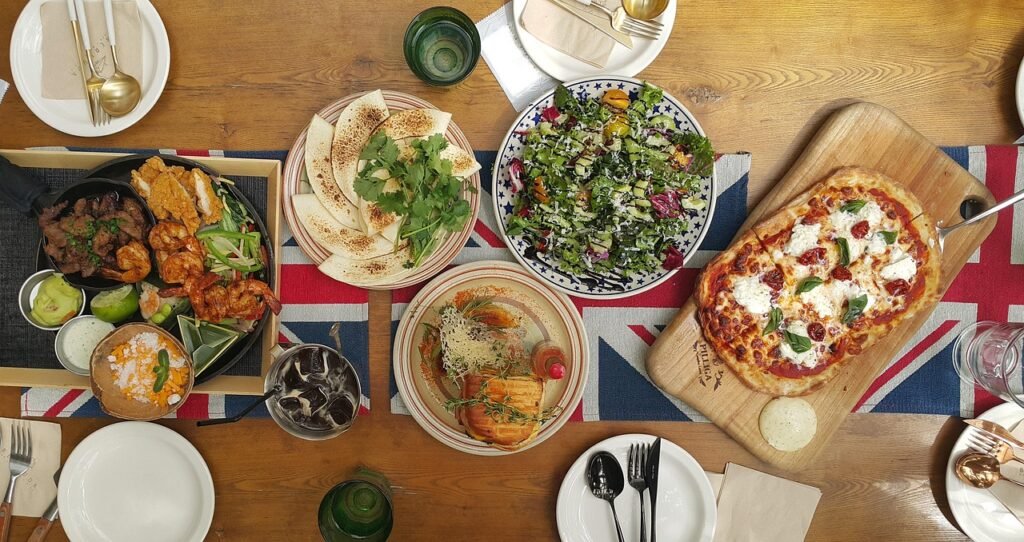
the Food Experience in Spain
Imagine this: It’s 9 PM in a narrow alley of Seville. The sun has just dipped below the terracotta rooftops, casting golden shadows on centuries-old stone walls. The air hums with laughter, clinking glasses, and the sizzle of garlic hitting hot olive oil. A small bar with no signboard spills warm light onto the cobblestones. You step in, sit at the counter, and order something called montadito de rabo de toro. One bite, rich, slow-cooked oxtail on toasted bread, and you realize: this isn’t just dinner. It’s a moment of belonging.
If you’re searching for a food experience in Spain that goes beyond tourist menus and Instagram spots, you’re in the right place. This isn’t just a list of dishes. It’s your personal roadmap to eating like a local, thinking like a Spaniard, and traveling like someone who craves authenticity over convenience.
Welcome to the ultimate guide to the food experience in Spain for the independent traveler, where every bite tells a story, and every meal is a cultural immersion.
Here’s what you need to understand about Spain: dinner starts at 9 PM, lunch is sacred, and tapas are a way of life.
In Spain, food isn’t rushed. It’s not something you eat between meetings. It’s the heartbeat of daily rhythm. Families gather for long lunches on Sundays. Friends meet for vermouth hour before dinner. And yes, Spaniards eat late. Very late. And if you don’t adapt, you’ll miss the magic.
For the independent traveler, this means planning isn’t just about booking a hotel or finding cheap flights, it’s about syncing your body clock with the local horario. Because if you show up at a restaurant at 7 PM, you might be the only one there.
But here’s the good news: once you embrace the Spanish pace, you unlock a deeper, richer food experience in Spain, one filled with spontaneous conversations, unexpected flavors, and moments that feel less like tourism and more like living.
Let’s be honest, when most people think of Spanish food, they picture paella, jamón ibérico, and sangria. And yes, they’re delicious. But the real food experience in Spain lies in the layers beneath the surface.
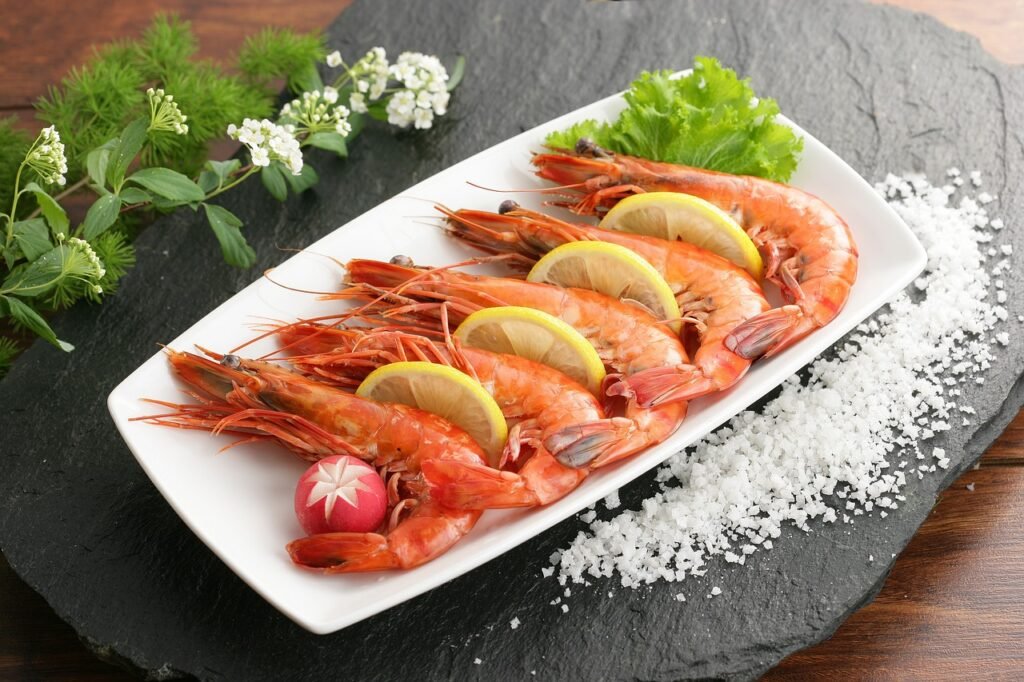
In Galicia, seafood rules
Let’s paint a picture.
You walk into a bodega in Granada. The floor is covered in peanut shells. The walls are lined with wine barrels. A man in a white apron slices jamón ibérico with a long knife, the thin red slices curling like ribbons. The smell of cured meat, olive oil, and fresh bread fills the air. Someone starts singing flamenco in the corner. You’re handed a small glass of fino sherry, dry, crisp, and slightly nutty.
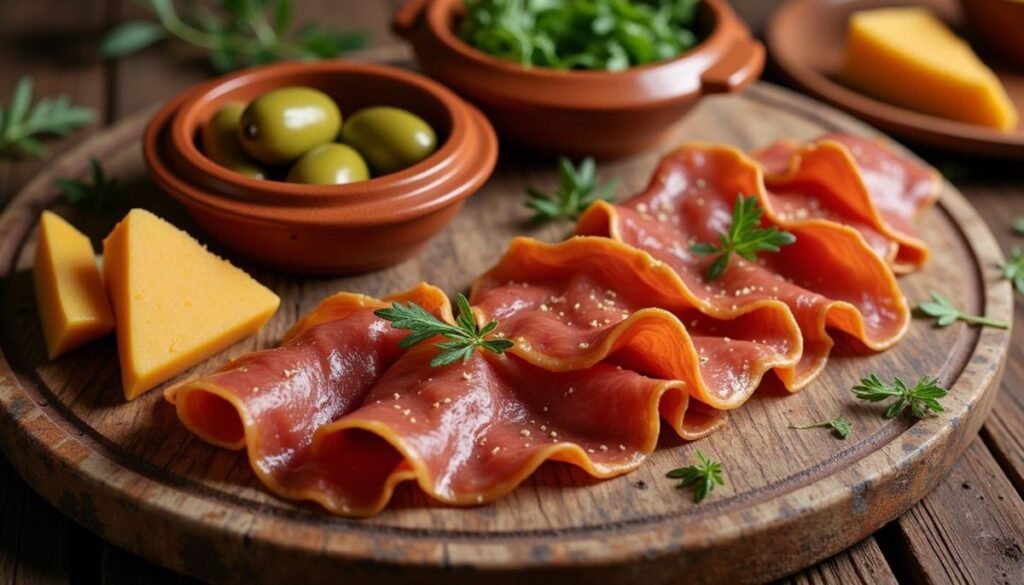
slices jamón ibérico
This isn’t just eating. It’s a multi-sensory immersion.
And that’s the secret of the food experience in Spain: it’s not just about flavor. It’s about atmosphere, sound, rhythm, and human connection.
You don’t need a cookbook to enjoy Spanish food, but you do need a few cultural rules.
Miss these windows, and you’ll find closed doors and hungry frustration.
| Andalusia | Pescaíto frito(fried fish) | Crispy, salty, served with lemon, best by the sea |
| Basque Country | Pintxos | Gourmet tapas on bread, held with a toothpick |
| Catalonia | Crema Catalana | Creamy custard with caramelized sugar, precursor to crème brûlée |
| Valencia | Paella Valenciana | The original, with rabbit, chicken, and snails |
| Galicia | Pulpo a la Gallega | Tender octopus with paprika, olive oil, and potatoes |
Want to go deeper? Here are the unexpected food experiences in Spain that most travelers never discover.
Before dinner, especially in Barcelona, locals gather for vermouth, a bitter-sweet red aperitif served over ice with an olive and a slice of orange. It’s not just a drink, it’s a ritual. Many bodegas have vermouth dispensers straight from the barrel.
Try it at Bodega Bacalao in Barcelona or Casa Gonzalez in Madrid.
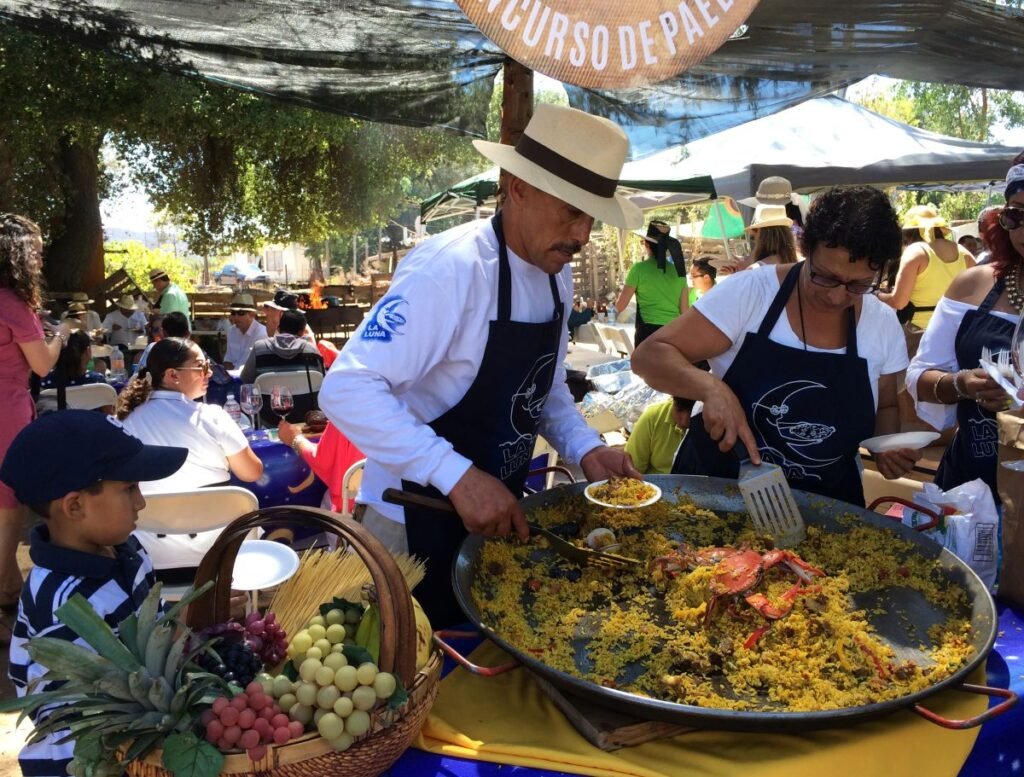
Village Food Festivals
Every town has its festival. In January, Aranjuez celebrates Feria del Naranjo en Flor (Orange Blossom Fair). In summer, Toledo hosts a Medieval Market. These aren’t tourist traps, they’re community events with local food, live music, and handmade crafts.
Pro tip: Check local event calendars. These festivals offer the most authentic food experience in Spain, and often at unbeatable prices.
Yes, this is a real thing. In cities like Seville and Valencia, you can book cooking classes hosted by local grandmothers. You’ll learn how to make tortilla española from scratch, using family recipes passed down for generations.
One traveler said:
“I didn’t just learn to cook, I learned about her childhood, her village, and why her tortilla has exactly 12 slices.”
Eating well in Spain doesn’t have to be expensive. In fact, some of the best meals cost under €10.
Food is culture. And in Spain, small gestures make a big difference.
Timing matters, not just for weather, but for food.
Avoid August if you want authentic local life, many restaurants close as locals go on vacation.
Ready to build your perfect food journey?
Stay within walking distance of a local market. You’ll eat better, save money, and connect with the neighborhood.
Take the train, not the rental car. Spain’s rail system is efficient, and arriving by train drops you right in the city center, close to food hubs.
Leave room in your suitcase, and your stomach.
Because we’re not just telling you what to eat. We’re showing you how to live it.
This food experience in Spain isn’t about ticking boxes. It’s about slowing down, tasting deeply, and letting the culture feed you, not just your stomach, but your soul.
We’ve included real stories, local secrets, and practical tips you won’t find on generic travel blogs. Because at TravelGoEasy.net, we believe travel should be transformative, not just transactional.
Imagine your first bite of jamón ibérico in a family-run bodega in Córdoba. The salt, the fat, the depth, it melts on your tongue. The owner smiles, pours you a glass of local wine, and says, “Así se vive.” This is how we live.
That moment is waiting for you.
So tell us
What’s the one Spanish dish you’ve always wanted to try in its homeland?
Share your dream meal in the comments below, we read every single one.
And when you’re ready to turn that dream into reality, TravelGoEasy.net is here to help you book flights, hotels, and transfers, all in one place, all designed for the independent traveler.
Q: Is tapas culture the same across Spain?
A: No, in the north, pintxos are common (tapas with toothpicks). In the south, free tapas come with drinks. In central Spain, tapas are smaller versions of main dishes.
Q: Can vegetarians eat well in Spain?
A: Yes, but it takes effort. Look for ensaladilla rusa, tortilla de patatas (ask for no egg if needed), grilled vegetables, and mushroom dishes. Big cities like Barcelona and Madrid have vegan-friendly spots.
Q: Is drinking wine with lunch common?
A: Absolutely. Many Spaniards have a small glass of wine or beer with lunch, even on weekdays.
Q: Are food markets open on Sundays?
A: Some are, but many close. Always check opening days. Smaller towns may only open markets once a week.
Q: How do I know if a restaurant is local?
A: Look for handwritten menus, older customers, and no English menu outside. If the name includes “Casa” or “Hermanos” (brothers), it’s likely family-run.
This article is exclusively written for and protected by TravelGoEasy.net. Unauthorized copying, reproduction, or distribution is strictly prohibited. For personal travel planning and exclusive deals on flights, hotels, and car rentals, visit TravelGoEasy.net, your trusted partner for smart, independent travel.
Start planning your food adventure today at TravelGoEasy.net, where every journey begins with a single bite.
Discover how our comprehensive solutions empower your journey.
Honeymoon Getaways
Discover how to plan your honeymoon trip to Milan, Italy, with a five-day itinerary including top attractions, transportation, accommodations, and restaurants at affordable prices.




